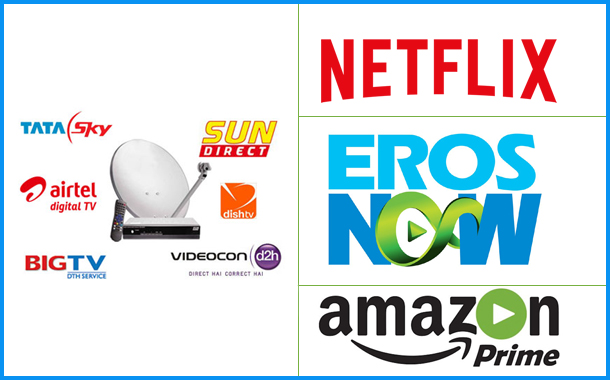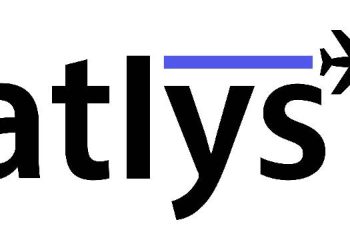Online video streaming services like Netflix, which launched earlier this year in India, and Amazon Prime, which launched recently, could lure customers away from DTH operators because of the low price differential in services. At R735 per month for a high-definition subscription of Tata Sky, the Indian viewer gets to watch a bouquet of Hindi and English entertainment channels, in addition to news channels and free-to-air channels like Doordarshan.
However, for about R800 per month, she gets to binge on the latest seasons of English drama Narcos, Jessica Jones, etc, apart from some of the latest movies, on Netflix. And in case she opts for Amazon Prime Video — digital video streaming platform run by e-commerce giant Amazon — she would have to pay R499 ( a minuscule R41.5 a month) as yearly subscription fee for exclusive English content such as Hand of God and Into the Badlands. Says Nitesh Kripalani, director and country head of Amazon Prime Video India, “Every viewer, be it Indian or American, wants to watch exclusive content. Once she is provided with a value-for-money proposition, she will definitely opt for such services.”
As per data released by Chrome Data Analytics and media research firm Media, of the 168 million TV households in India, over 9 million are HD subscribers. The research firm added in its report that video over-the-top is largely an urban phenomenon, as 137 million users in urban India watched video content online at least once in the last three months.
“Consumers subscribe to multiple services because these services have different exclusive content. In fact, in India, consumers are now transitioning to Internet TV, because it gives them more control of when to watch, how to watch and where to watch,” says Jessica Lee, VP, communications, Netflix Asia.
The rise of OTT services in India has changed the dynamics at the higher end of the home entertainment category with the customer spoilt for choice. With more players such as Hotstar, Voot and Eros Now having come in, many of them showing Indian shows, besides the ubiquitous free to use YouTube, the urban Indian customer can now pick and choose. Television operators, however, are putting up a brave face, saying that the Indian market is not ready for such a shift in viewership patterns. “As cable TV price in India is low, it still remains the primary source of entertainment for Indian households. Video streaming apps are still largely used to catch up on content that has been missed on TV or to watch content like live sports on the go,” says Harit Nagpal, MD and CEO, TataSky.
Globally, OTT players have been advancing at the cost of cable TV operators. In Q3 2016, Netflix posted a subscriber base of 86 million users globally up from 83 million in Q2.
“In Q3, we added 3.2 million members internationally versus our forecast of 2 million. This international growth is attributable to the traction we are getting in all markets, including India,” explains Lee.
Industry watchers say there would not be too many customers in India who would subscribe to every form of entertainment, DTH as well as OTT. Subscribing to DTH plus Netflix plus Amazon Prime, Hotstar, etc, would bring the annual budget to around R2,000, a price that is too steep by Indian standards.
Zulfiqar Khan, business head, ErosNow and CRO, Eros Group, says the Indian consumer will ultimately not pay for all the services. “Different combinations will be tried as traditionally people are not used to paying a high price for a television connection,” explains Khan. Eros Now, the video OTT service of Eros International, claims to have an user base of 2 million paid subscribers.
For instance, a viewer may opt for a basic pack which comes at R200 on direct-to-home platforms such as Tata Sky, or only for the news channel packs and pay another R800 on Netflix’s subscription, another R499 on Amazon Prime Videos, etc.
Analysts believe that while pay TV is strong in India, thanks to the low basic Pay-TV subscription fees and high penetration, the Indian digital video market will go from strength to strength, helped by rising disposable income and improving infrastructure. “The market will see an average annual growth of 70% between 2015 and 2019, driven largely by the growth in subscription video-on-demand (SVoD) spend,” says Tristan Veale, research analyst of Futuresource, a UK market research firm.

















